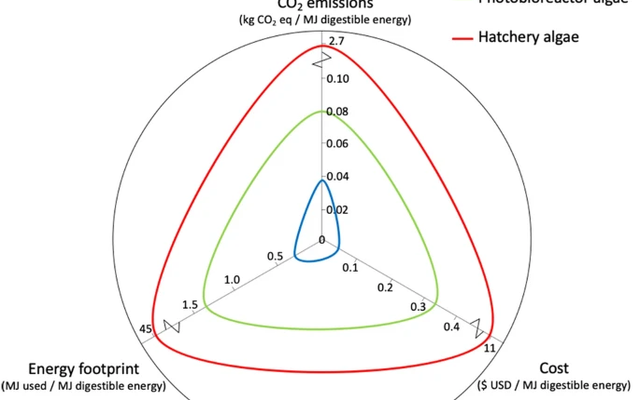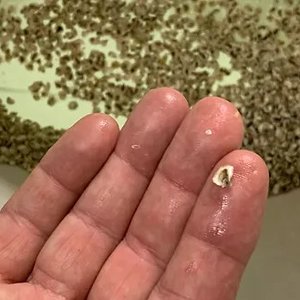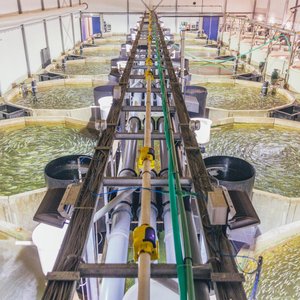The global bivalve shellfish industry makes up 25% of aquaculture, is worth $17.2 billion per year, and relies upon a supply of juvenile bivalves produced by adult broodstock in hatcheries. Today, large quantities of live algae are grown to feed broodstock at $220 per kilo. New advances in algal and microencapsulation technology can provide solutions.
A team of British researchers developed microencapsulated Schizochytrium algae diets, which can be produced sustainably at <$2 per kilo from organic side-streams and are shelf-stable to minimize waste. The microencapsulated diets were tested in oyster broodstock.
Researchers found improved sexual maturation in oyster broodstock compared with conventional live algal diets. The gonads of oysters fed microencapsulated diets were of greater weight, contained higher levels of omega-3 fatty acids crucial for sexual maturation and underwent accelerated spermatogenesis. Of particular importance are the large increases in EPA and DHA in microcapsule relative to algae fed oysters.
“This investigation demonstrated that sustainable Schizochytrium-based microencapsulated diets can help support more effective sexual maturation in oyster broodstock. Further research could help open up the opportunity initially outlined; to upscale production and associated infrastructure to allow microencapsulated diets to partially or fully replace live algae in hatcheries, and reduce the environmental footprint of bivalve aquaculture,” researchers said.
“Bivalve aquaculture is far more environmentally sustainable than other forms of aquaculture and meat production, and even some cereal crops. For every new ton of protein that is produced from bivalve instead of fish aquaculture, we spare 9 ha land, 67 tons CO2 emissions, and 40,000 L freshwater. Any technology, such as microencapsulated diets, that might enable bivalve aquaculture to grow instead of other aquaculture should be viewed as of great benefit and a worthwhile recipient of further research and industry attention,” researchers concluded.
Download the study here.













